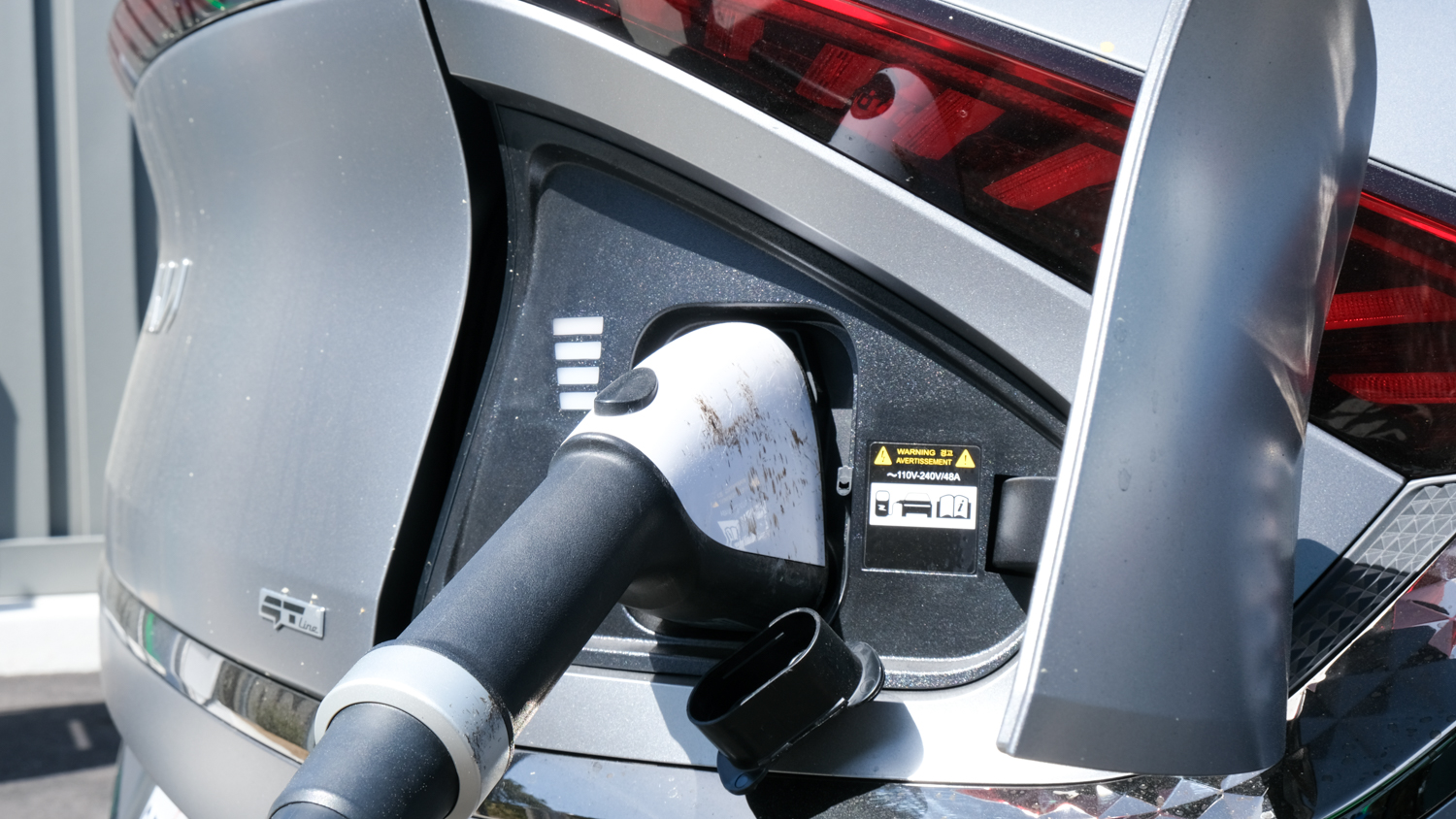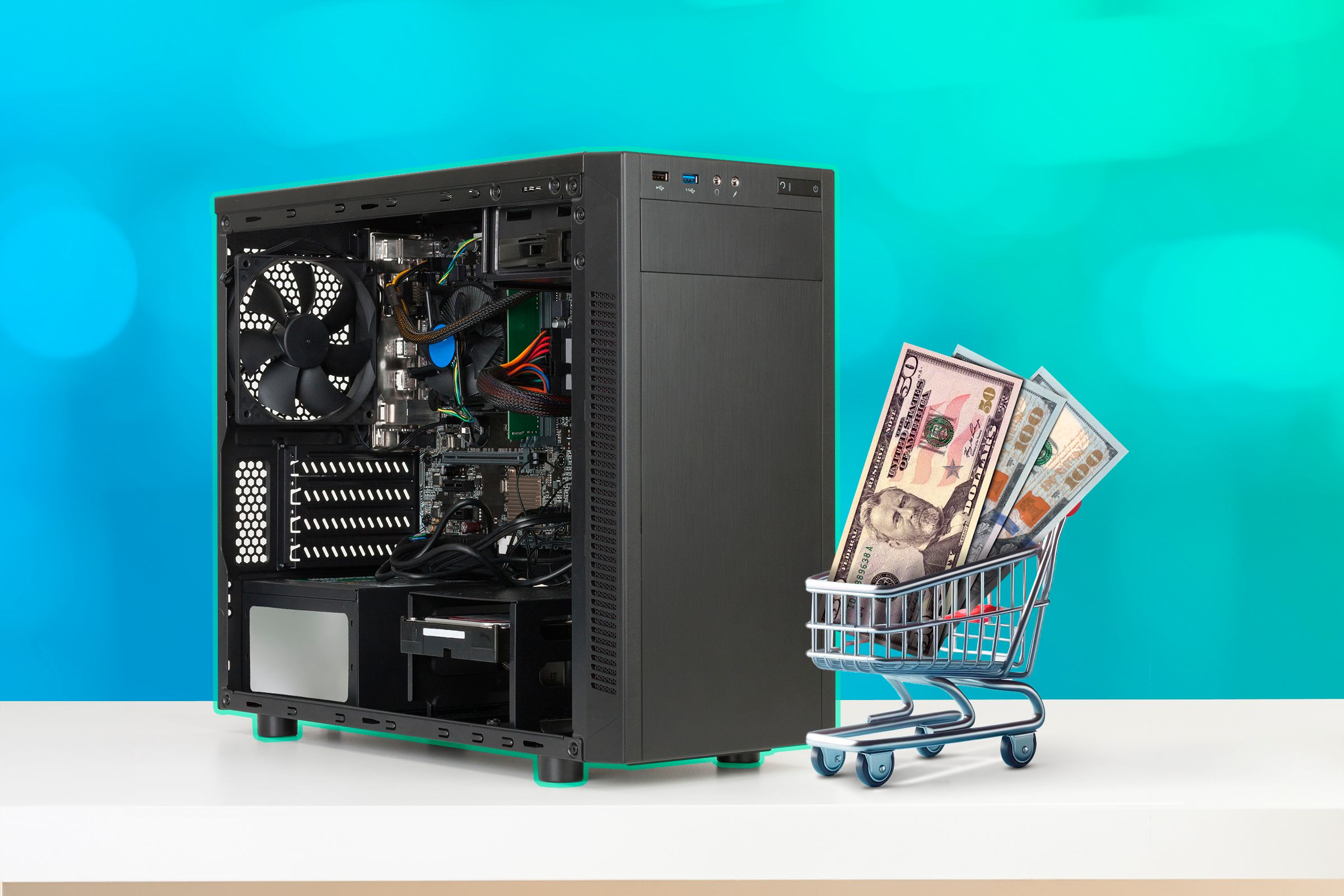Having been instrumental in the reduction of smartphones to metal and glass slabs devoid of distinguishing features, Samsung hopes that going thinner and lighter with a special Edge edition of its high-end Galaxy S25 Android will prove design innovation isn’t dead.
The S25 Edge is very thin at just 5.8mm thick – if you ignore the camera bump on the back – making it a full 1.5mm thinner than its similarly sized S25+ sibling and about the same thickness as a stack of seven credit cards. Its light 168g weight makes it feel even thinner than the numbers suggest and photos don’t do it justice.
The extra thinness costs about £100 more than Samsung’s other 6.7in phone with the S25 Edge priced from £1,099 (€1,259/$1,099/A$1,849) placing it between the £999 S25+ and £1,249 S25 Ultra.
The large high-quality 6.7in Oled screen is bright, crisp and smooth with a rapid fingerprint scanner embedded in it. The phone’s light weight makes it easier to hold than other big handsets but it still requires two hands to use the majority of the time. Slap it in a case and the thickness advantage is essentially removed, so the Edge is a phone best used without one.
The rest of the phone is very similar to other Samsungs. It has Qualcomm’s top Snapdragon 8 Elite chip, plenty of Ram and at least 256GB of storage. It flies through apps, games or anything else you might want to do with a phone. Samsung’s version of Android 15 (One UI 7) works well with plenty of customisation options, though some of the default settings make it a lot more like Apple’s iOS than you’d expect.
It is packed with plenty of Google and Samsung’s most advanced AI tools. Some of them are great, such as Gemini; some are handy occasionally, such as the image editing tools, and others can safely be ignored. The Now bar and live notifications, which show ongoing tasks such as music playing in Spotify, are super handy, appearing on the lock screen and in the task bar on the home screen.
Samsung will provide the Edge with software updates until 31 May 2032, making it one of the longest supported phones available.
Specifications
-
Screen: 6.7in QHD+ Dynamic Amoled 2X 120Hz
-
Processor: Qualcomm Snapdragon 8 Elite for Galaxy
-
RAM: 12GB
-
Storage: 256 or 512GB
-
Operating system: One UI 7 (Android 15)
-
Camera: 200MP + 12MP 0.6x; 12MP front-facing
-
Connectivity: 5G, USB-C, wifi 7, NFC, Bluetooth 5.4, UWB and GNSS
-
Water resistance: IP68 (1.5m for 30 mins)
-
Dimensions: 158.2 x 75.6 x 5.8mm
-
Weight: 163g
The Edge’s extreme slender design does come with a few drawbacks, the biggest of which is a small battery with a slightly lower capacity than the regular S25. As a result, despite being a large phone the Edge has fairly short battery life. It will last about a day and a half of light usage between charges, so should see out most days, but it falls just short of the smallest S25 and about a day behind the the S25 Ultra.
It also gets a little hotter than other Samsung models when gaming, but if you play a lot of Fortnite or similar games the small battery capacity is probably already a cut too far.
Camera
The other big trade-off for the svelte frame is in the camera department. It only has two cameras on the back, lacking a telephoto sensor as fitted to the rest of the S25 series.
The main camera is an excellent 200-megapixel model that is very similar to that on the S25 Ultra. It is a top-drawer camera that is better than the 50MP main cameras on the S25 and S25+. It shoots great photos across a range of conditions, and manages a very good 2x in-sensor zoom to somewhat negate the lack of a dedicated telephoto camera. The 12MP ultra wide camera is solid and can be used for macrophotography, while the selfie camera is very good.
The camera app has the same long list of modes as other S25 models, shoots great video and manages to be fairly easy to use. Overall the main camera is excellent and if you never wish to close the distance to objects with a real zoom, it might be all the camera you need.
Sustainability
Samsung does not provide an expected lifespan for the battery but it should last in excess of 500 full charge cycles with at least 80% of its original capacity.
The phone is generally repairable. Screen repairs cost £259 by authorised service centres and include a battery replacement. Samsung also offers a self-repair programme.
The phone contains recycled materials, while Samsung offers trade-in and recycling schemes for old devices. The company publishes annual sustainability reports and impact assessments for some individual products.
Price
The Samsung Galaxy S25 Edge costs from £1,099 (€1,259/$1,099/A$1,849).
For comparison, the Galaxy S25 Ultra costs £1,249, the S25+ costs £999 and the S25 costs £799. The Google Pixel 9 Pro XL costs £799, the OnePlus 13 costs £899 and the Apple iPhone 16 Plus costs £899.
Verdict
The S25 Edge is an interesting move for Samsung. I don’t think many people have looked at their current phone and wished it could be thinner versus lasting longer or having a better camera. Most people use a case and that immediately nullifies the small differences in thickness of most premium devices.
But using the Edge has reminded me of just how heavy modern big phones can be. It feels so much lighter in the hand, in your pocket or in your bag while still having a big, quality screen. The battery life is certainly not tremendous, but it hasn’t been terrible either, getting through heavy use days with a little left in the tank.
The main camera is excellent but the lack of a good telephoto camera might be a deal-breaker for some. I did miss it. And while it feels very solid with a titanium frame and appears to survive aggressive bending, I would not want to sit on it in a back pocket.
The S25 Edge is a quality piece of hardware, so if you’ve ever wanted a lighter, thinner, big-screen phone, this is it. But for everyone else better options exist from Samsung or others at this price.
Pros: brilliant and large screen, super light weight, very thin, excellent main camera, fast fingerprint scanner, good software with seven years of support, top Android chip, latest AI features,
Cons: no telephoto camera, relatively short battery life, expensive, deserves to be used without a case, still a two-handed device.










